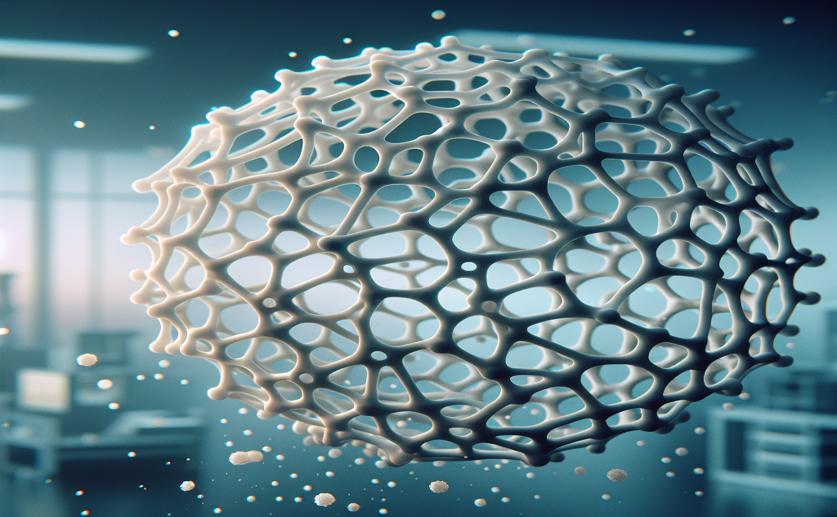
3D Printed Scaffold with Bone-Growing Proteins for Advanced Healing
Jenn Hoskins
3rd February, 2024

Image Source: Natural Science News, 2024
References
Main Study
1) BMP-2-immobilized PCL 3D printing scaffold with a leaf-stacked structure as a physically and biologically activated bone graft.
Published 2nd February, 2024
https://doi.org/10.1088/1758-5090/ad2537



 15th January, 2024 | Greg Howard
15th January, 2024 | Greg Howard